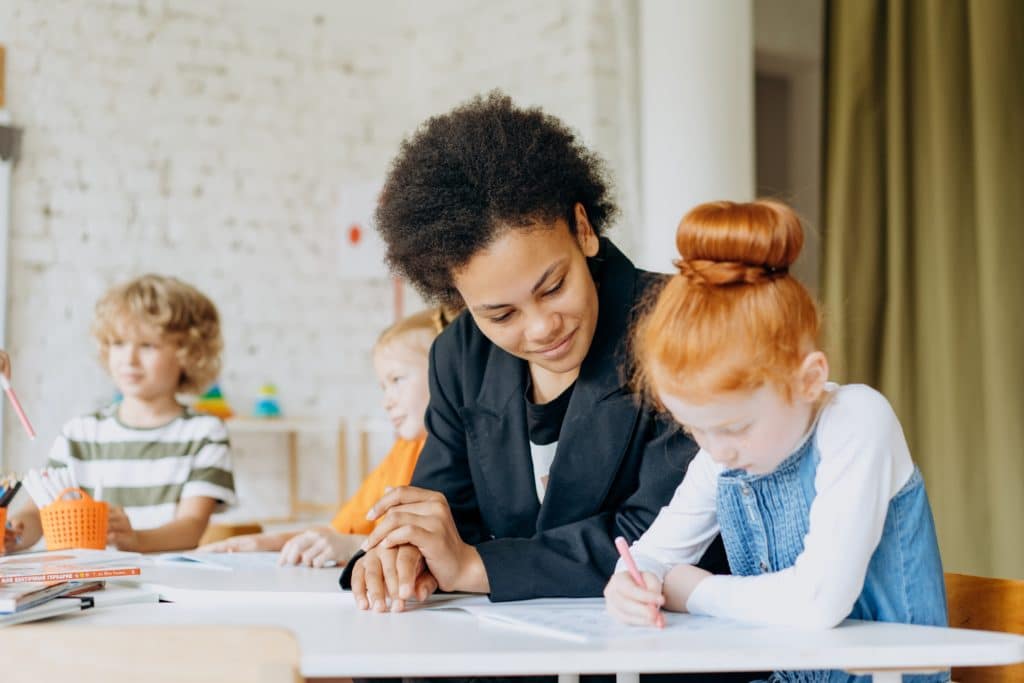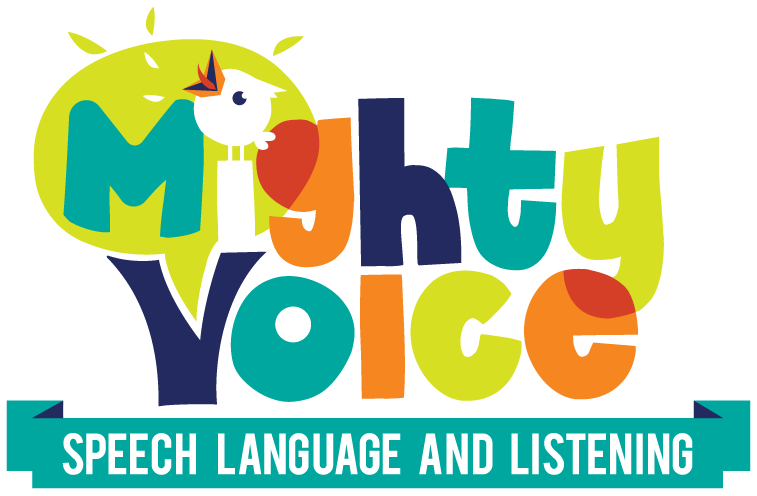One of my “soap boxes” as a therapist, is how important it is to support phonological and phonemic awareness in kids with speech and language disorders. I’ve discussed before how oral language ties into literacy skills, but how exactly do you accomplish that? Today, we’re going to dive in to that question, and I’ll offer you some ideas that have worked for me.
Go Ahead and Write A Goal
If we’re really committed to being systematic about making sure phonological awareness skills are being addressed for students with speech sound errors, one of the best ways to do that is to list a phonological awareness goal on the IEP. It doesn’t have to take up much space, but just 1 goal related to sound/letter correspondence in addition to your articulation goals will make sure you get it done.
Having a goal on the IEP also gives you a natural opening to help teachers and parents understand that if a child can’t pronounce /r/, they might also have some trouble with the letter name, rhyming, writing /r/ words, etc. And bonus, you can ensure teachers and admin understand the relevance of your sessions to what happens in the classroom in terms of literacy instruction.

Spend a Minute or Two on Phonological Awareness at the Beginning of Your Session
Let’s say you’re working on initial /l/ in therapy. Before you begin with whatever articulation activities you have planned, spend just a minute or two on a phonological awareness task. You might ask your student to circle all the capital Ls they see on a page, or pick the pictures that start with the /l/ sound while you gather materials. Maybe you ask them to figure out if the /l/ sound they’re working on is a beginning, middle, or ending sound. By spending that minute or two on a phonological or phonemic awareness activity, you’ve helped enhance their knowledge of that sound and how it’s connected to words and print.
Incorporate Writing Tasks
If your students are old enough, incorporating writing tasks into therapy is a great way to make connections between speech sounds and literacy skills. Maybe at the end a session you ask the student to write down 3-4 words they want to practice at home, or you have them write about the best part of their day using as many words as they can that start with the articulation sound you’re working on. Having them write the letter or words with their sounds while they also practice producing the sound kills two birds with one stone. For kids who are hesitant to write, sometimes a stylus on a tablet or a fancy pen or pencil can help.

Use Classroom Materials as Therapy Materials
Ask your student’s classroom teacher if you can have a copy of their spelling words, or a reading passage they’ve been working on. If you can choose articulation word prompts from their spelling list or classroom reading, you’re again connecting that sound you’ve been working on with print, and enhancing phonemic awareness. Your student practices their articulation sound, hopefully gains some confidence with classroom materials, and strengthens the links between their oral language and literacy. It’s a win win.

Make it Automatic for Preschoolers
Preschool is the time when we usually introduce kids to early phonological awareness skills like rhyming. Make it a point to incorporate some rhyming fun with every preschool speech and language group you have. Working on rhyming helps students listen to the sounds in words, and to notice parts of words. Many preschoolers think rhyming is also great fun, and materials like rhyming books, songs, and finger plays are abundant. By explicitly incorporating rhyming with all of your preschool articulation and language kids, you’re setting them up for success. For kids who struggle with rhyming, you’re giving them extra practice and focus on the skill which we hope will make it easier going forward.
However you decide to incorporate phonemic and phonological awareness, as long as you’re intentional, you’ll be successful.
